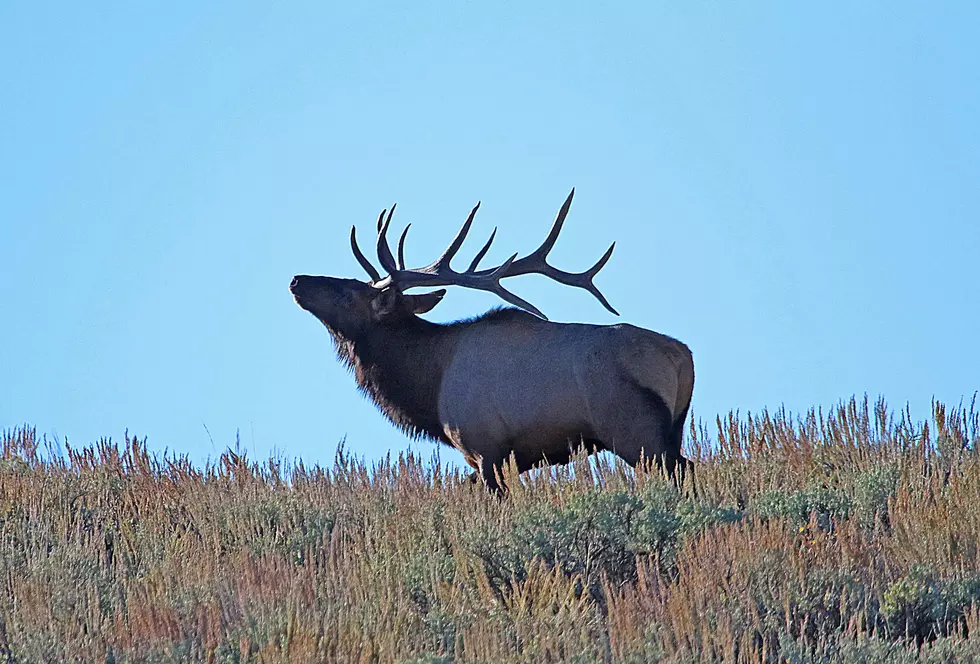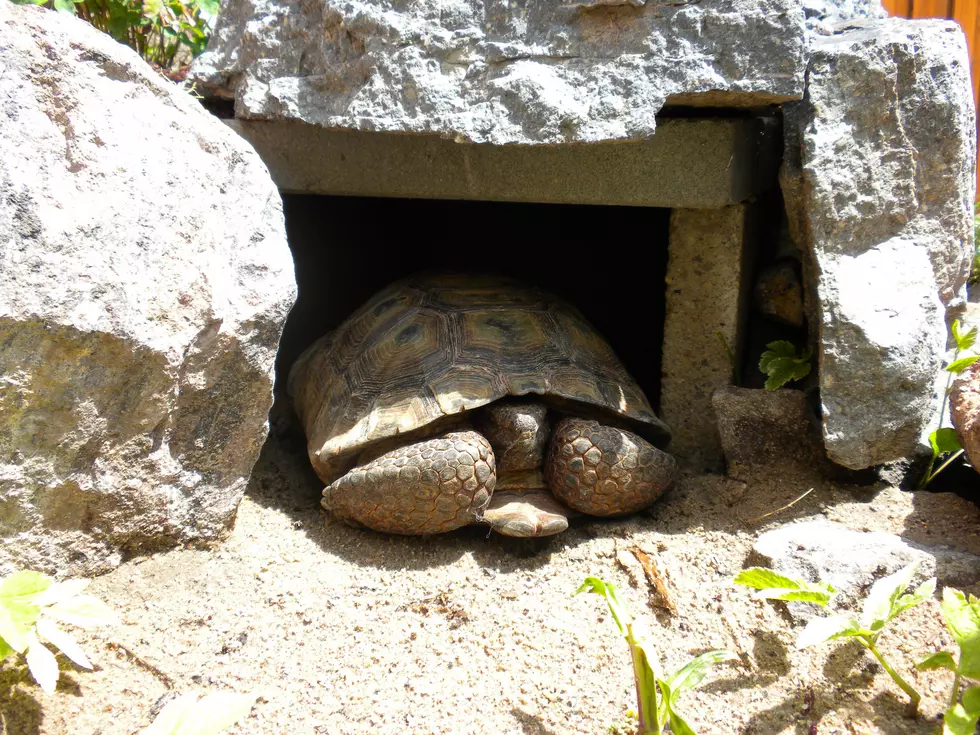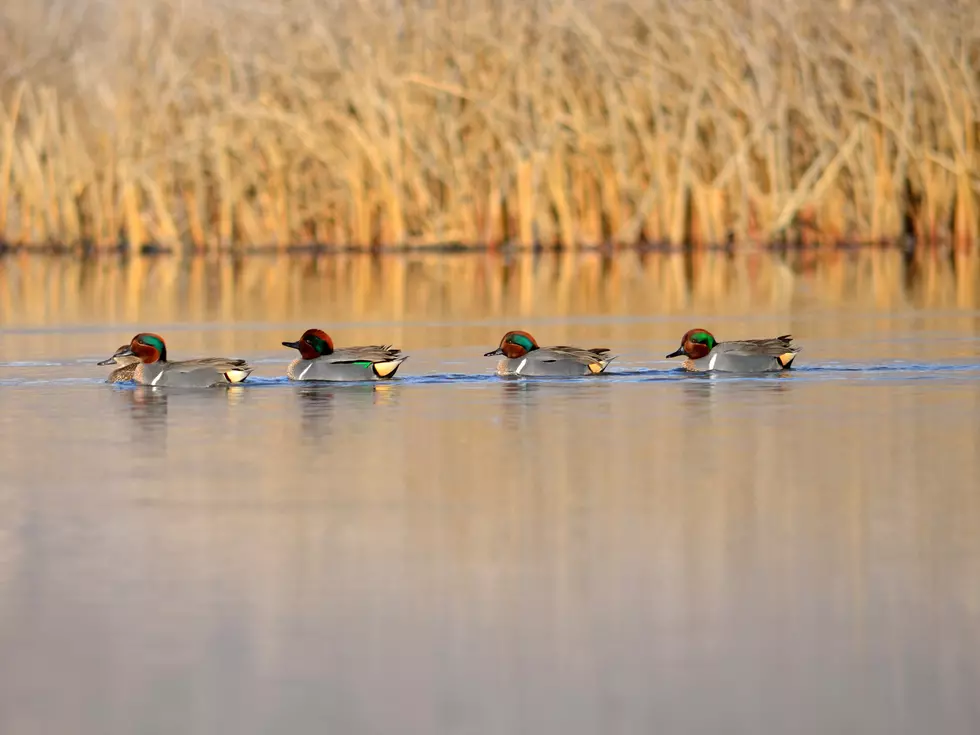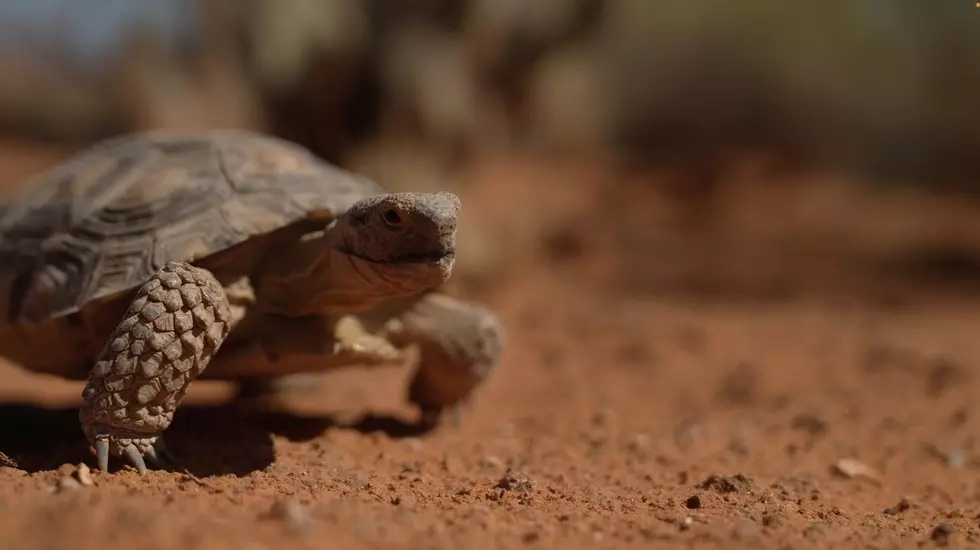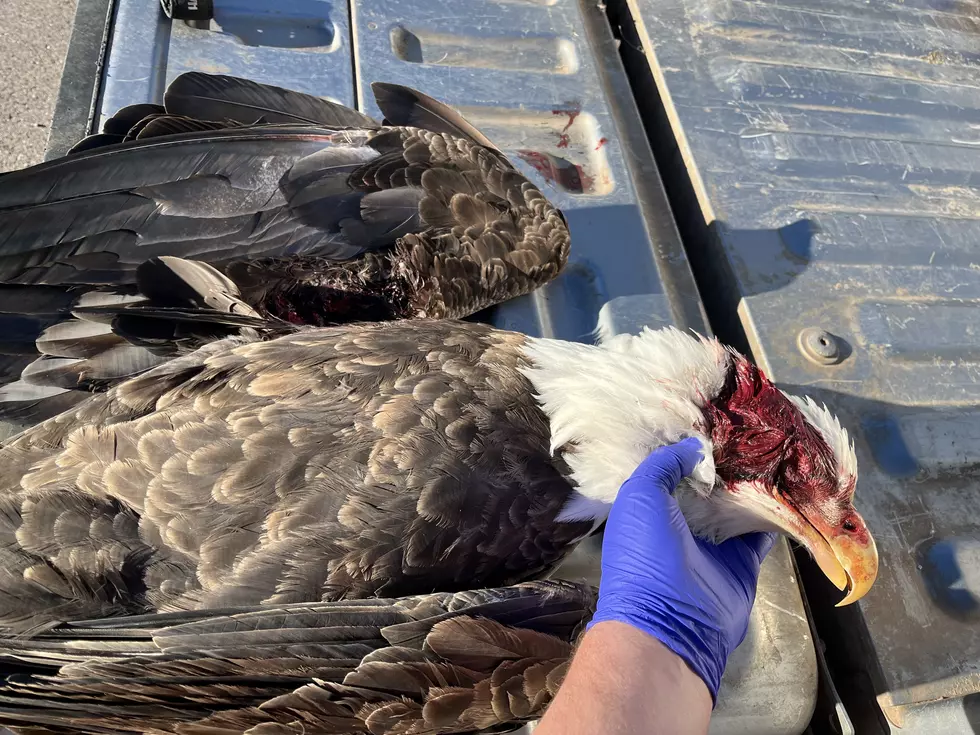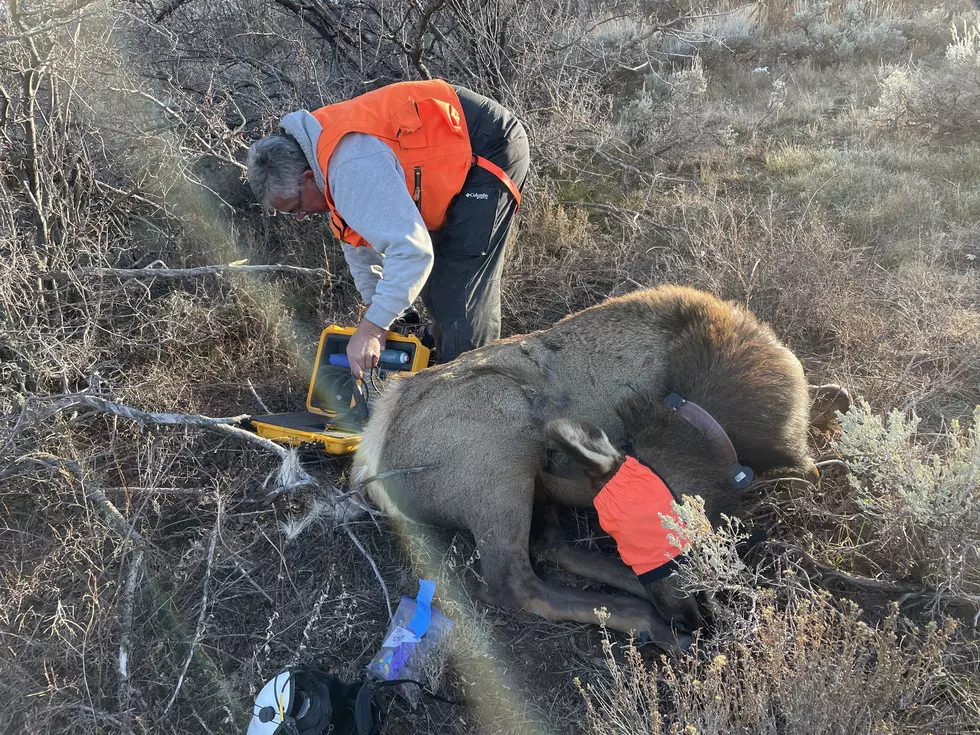
Insights From Utah’s Big Game Animal Captures: Migration, Health, And Population Dynamics
The annual capture of big game animals by the Utah Division of Wildlife Resources (DWR) is a crucial endeavor for understanding and managing the state's diverse wildlife populations. This winter, a milestone was reached as 1,779 big game animals were captured, yielding valuable insights into their health, migration patterns, and overall population dynamics.
These captures, which occur between November and March, are strategically timed to coincide with the animals' migration to lower elevations, making them easier to locate. Moreover, the cooler winter temperatures aid in the animals' recovery post-capture, minimizing stress and maximizing their well-being.
Led by DWR Big Game Projects Coordinator Kent Hersey, the capture operations prioritize minimizing stress on the animals to ensure their welfare. Despite being a short-term event, the data collected from these captures play a significant role in managing the entire big game population.
The captured animals encompass a variety of species, including deer, elk, moose, bighorn sheep, bison, and pronghorn. The data collected during these captures provide essential information, including body fat measurements, disease sampling, survival rates, migration patterns, and factors affecting population growth.
In March, additional research focuses on assessing body condition post-winter, pregnancy rates in does, and the insertion of transmitters into pregnant deer to monitor fawn births and survival rates.
Hersey emphasizes the importance of this data in informing management decisions, particularly regarding habitat projects to improve feeding ranges, hunting regulations, and permit numbers. Furthermore, the GPS collaring efforts contribute to the Utah Wildlife Migration Initiative, established to study and conserve wildlife migration patterns.
Makeda Hanson, Coordinator of the Utah Wildlife Migration Initiative, highlights the significance of GPS collars in planning sustainable land use, transportation, and habitat improvement initiatives. Wildlife structures like overpasses, bridges, culverts, and fences are integral to facilitating safe wildlife migration across the state.
Notably, this year's captures revealed that deer populations across Utah were in good nutritional condition, with high pregnancy rates among does. Such findings underscore the importance of ongoing research efforts in sustaining healthy big game populations.
The record winter captures conducted by the Utah Division of Wildlife Resources provide invaluable data for understanding and conserving the state's big game herds. By combining scientific research with conservation initiatives, Utah aims to ensure the long-term viability of its diverse wildlife populations.
Seven Storm Myths You Need to Unlearn
More From KSUB 590/107.7
